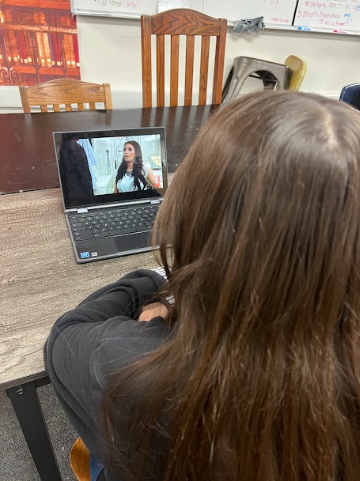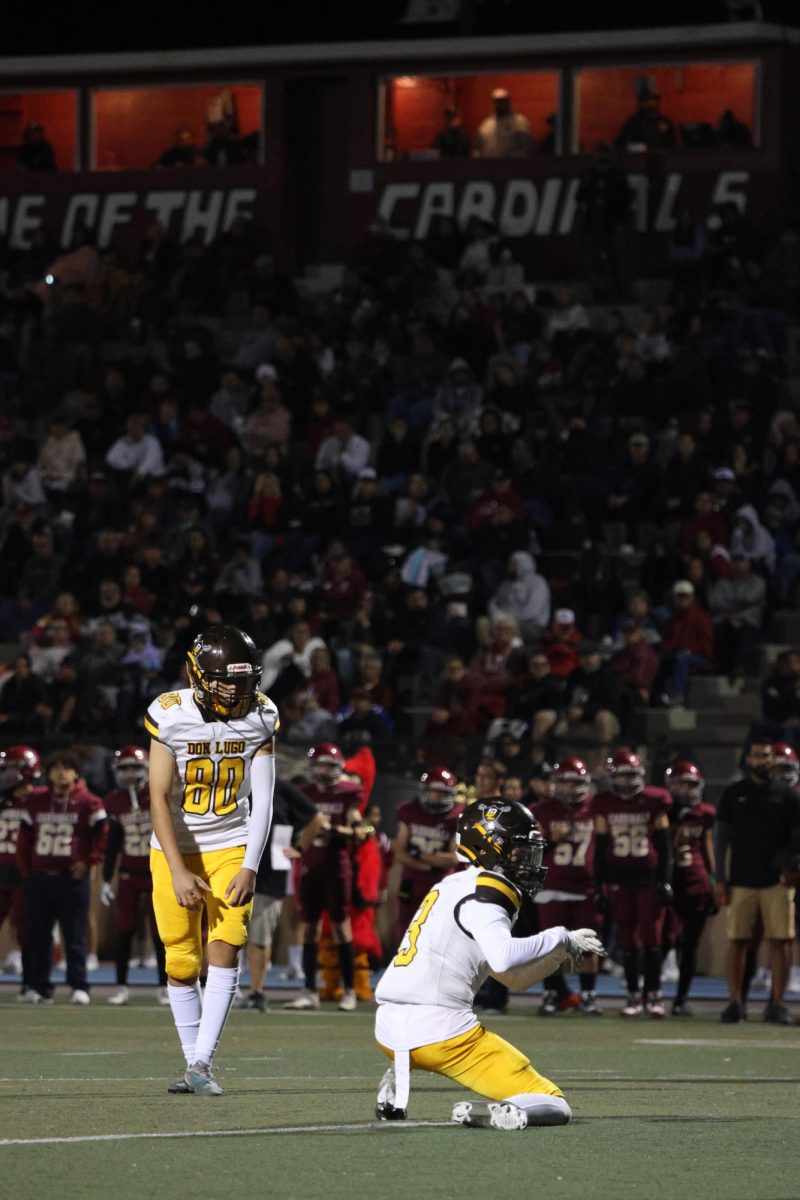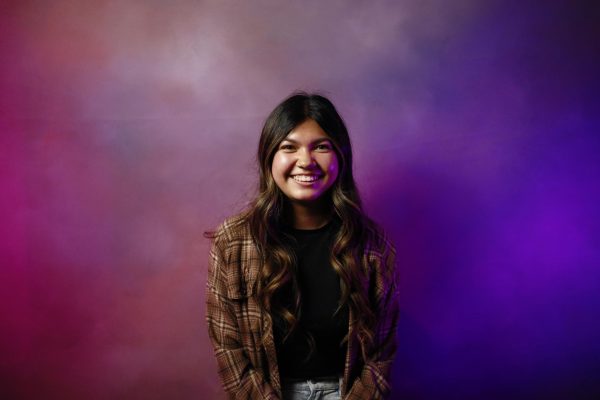When researched, Dictionary.com defines reality shows as “a television show in which members of the public or celebrities are filmed living their everyday lives or undertaking specific challenges.” Reality shows originated in the early 90s but did not become a prominent television genre until the 2000s with shows like Survivor and Big Brother. Since then reality shows have evolved into a distinct channel of television, with many iconic pop culture moments stemming from shows such as Keeping Up With The Kardashians and Jersey Shore. But despite the fiery drama and cut-throat competition, reality shows aren’t as popular as they once were. Is it possible that they have made their way back into mainstream entertainment?
At first glance, the majority of people don’t see the fascination with reality shows. On the surface, all you see is women crying about some superficial, first-world problem or a group of aggressive people competing over a prize that isn’t worth an extreme amount of effort. So what’s the appeal to reality shows?
There’s three big reasons: they’re drama-filled, they allow people to take sides, and they distract people from their own life problems. It’s common knowledge that drama is toxic, but it is also common knowledge that drama is completely addicting. At the end of the day, that is all reality shows are: drama. Reality shows build off of the negative relationships and personalities and allow viewers to feed into it. In your personal life, choosing sides between people seems like a difficult task. But if you don’t actually know those people, it can be quite easy. Everdaypsych.com states that reality television empowers viewers to choose sides. You can root for your favorite person, whether it’s an over-dramatic argument or a compelling race. Reality shows encourage the advocacy of a single person, just like sports games do.
Television and movies started as a way to entertain people away from whatever was going on in their lives, so of course reality shows are no different. When watching other people struggle or face problems most individuals don’t have, it distracts us from what’s happening in our real world. Alithia G McLaughlin, a clinical mental health counselor, wrote, “We find ourselves having thoughts like, ‘Well, at least my life isn’t that bad.” We may even think, ‘So-and-so is gorgeous and rich and even SHE doesn’t have it all together.” Avid reality show viewer, Sasha Vasquez commented, “The appeal to reality shows are that it gives people more interest in their own lives. Like, if their lives are boring, it gives them something to do.” When we watch other people fail, we forget about our own failures. So if reality shows are so appealing, why did they start to all fail?
After almost a decade of consistent popularity, there was a noticeable decline in well-received shows, such as Dancing With The Stars, American Idol, and The Bachelor in 2012. Viewers’ opinions of shows continued to change throughout the 2010’s. Reality shows lost the public’s approval for the same reason it gained popularity. The drama was too much. Many reality shows promoted unrealistic lifestyle standards and created a false perception of what life is actually like. Shows like Keeping Up With The Kardashians and America’s Next Top Model produced some of the world’s biggest stars. But they also created ideologies of what an “attractive” person is. Reality stars are getting plastic surgery and showing it off as “just woke up like this,” creating insecurities and bad self-esteem for viewers. When reality shows are causing problems for individuals, instead of allowing them to get away from what’s going on, viewers become uninterested. But then, the pandemic hit.
As a consequence of mandatory isolation, all filming for movies and television shows halted. There was a limited amount of entertainment available. But reality shows came swooping back at just the right time. Shows like Love Island and The Bachelor were able to continue filming when the greater number of programs weren’t because of their structure. For example, Love Island is a show where a group of people are isolated in one house together as they attempt to couple up and win a cash prize. Due to the isolation factor, there was a smaller risk of the cast contracting the virus since they didn’t leave the show house. During the 2020 year, reality shows surged in popularity. But reality shows also changed for the better throughout this period. Many of the shows re-branded themselves and sought out a new audience. From aiming towards Generation X women, shows focused on the millennials and Gen Z crowd. Social media also provided new marketing for reality shows. They can connect to viewers by following current trends and partnering with relevant influencers. Season 31 of Dancing With The Stars featured TikTok star, Charli D’amelio. As D’amelio holds a large and loyal fanbase, her presence brought grand attention to the entire season as she ended up winning the Mirrorball Award. Many reality stars also use social media to promote their own content. It is not unusual for a reality star to soon become a social media star because of their promotion of their featured show.
At the end of the day, reality shows are always going to be popular for the drama they present to viewers. These shows are always going to rise and fall in popularity. But the solution will be to continuously find new ways to re-brand and capture viewers’ attention.








